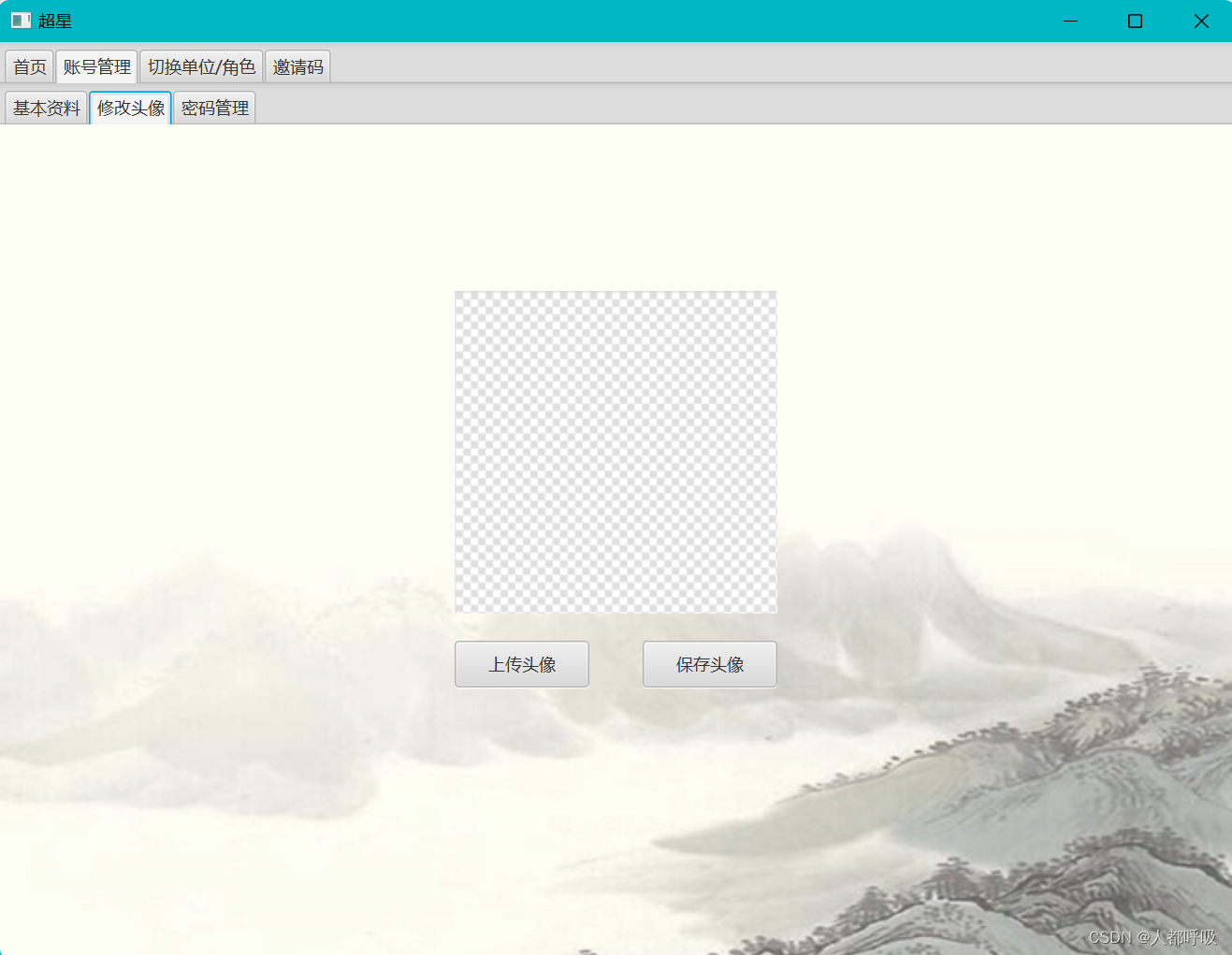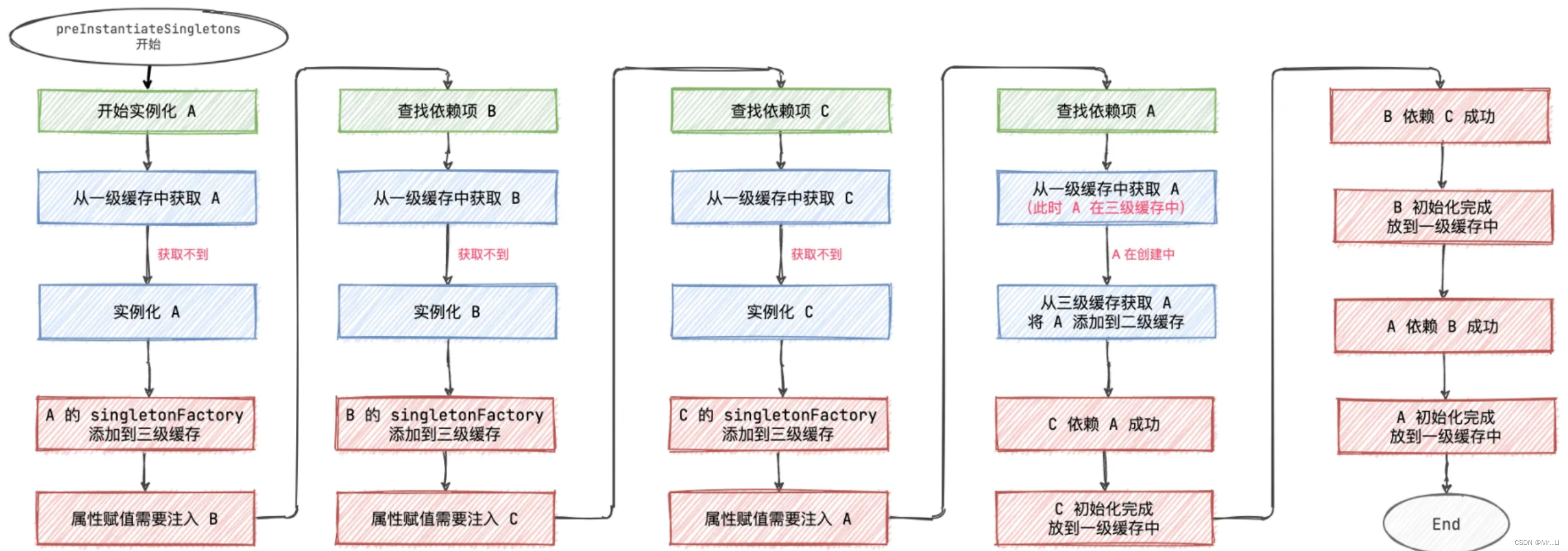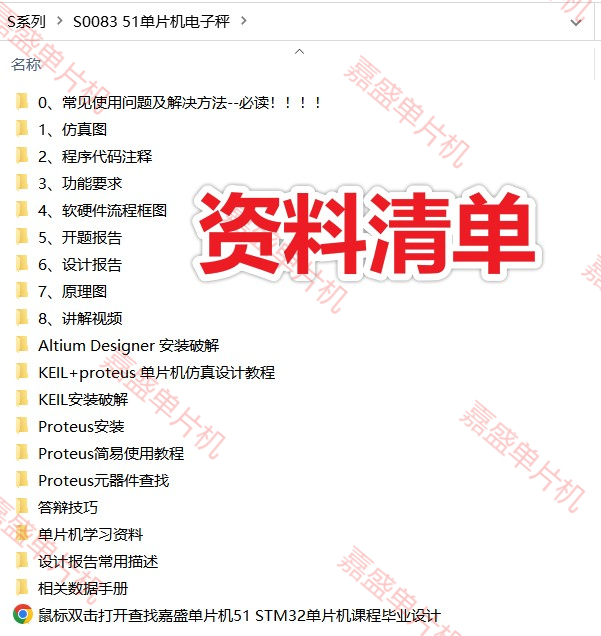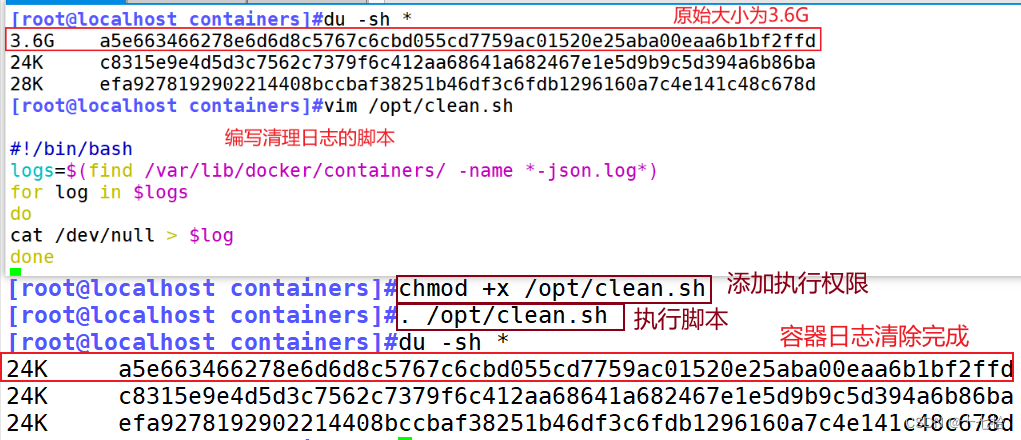基于Spring Boot的商务安全邮件收发系统设计与实现
- 开发语言:Java
- 框架:springboot
- JDK版本:JDK1.8
- 数据库工具:Navicat11
- 开发软件:eclipse/myeclipse/idea
系统部分展示
已发送效果图,用户可以对已发送信息进行添加、删除、修改操作。

草稿箱效果图,用户可以查看草稿箱信息并进行添加、删除、修改操作。

垃圾邮箱效果图,管理员可以对垃圾邮箱信息进行查看、删除等操作。

删除邮件效果图,用户可以对自删除邮件信息进行查看、删除等操作。

收件箱效果图,用户可以查看收件箱信息并进行修改、查看等操作。

系统功能结构图

文档部分展示

摘要
随着社会的发展,社会的方方面面都在利用信息化时代的优势。计算机的优势和普及使得商务安全邮箱的开发成为必需。
本文以实际运用为开发背景,运用软件工程原理和开发方法,采用jsp技术构建一个商务安全邮箱系统。整个开发过程首先对系统进行需求分析,得出系统主要功能。接着对系统进行总体设计和详细设计。总体设计主要包括系统功能设计,系统总体结构设计,系统数据结构设计和系统安全设计等;详细设计主要包括系统数据库访问的实现,主要功能模块的具体实现,模块实现关键代码等。最后对系统进行了功能测试,并对测试结果进行了分析总结,得出系统的不足及需要改进的地方,为以后的系统维护提供了方便,同时也为今后开发类似系统提供了借鉴和帮助。
本系统的开发使用户能够更加方便快捷的商务安全邮箱 ,同时也促使商务安全邮箱变的更加系统化、有序化。
研究意义
提高商务沟通效率与安全性:随着企业数字化转型的加速,电子邮件作为商务沟通的主要手段之一,其安全性与效率直接影响到企业的业务运行。基于Spring Boot的商务安全邮件收发系统的设计与实现,能够为企业提供一个高效、稳定的邮件交流平台,同时保障邮件信息的加密传输与存储,增强企业信息资产的安全性。
推动Spring Boot技术的深入应用:Spring Boot以其自动化配置、简化开发流程的特性,成为当前Java技术栈中热门的开发框架。本研究不仅是对Spring Boot技术的实践应用,更是对其在商务安全领域的适用性进行探索,有助于推动Spring Boot在更多场景下的深入应用与发展。
优化用户体验与操作便捷性:商务安全邮件收发系统注重用户界面的友好性和操作的便捷性,通过Spring Boot框架的模块化设计,实现系统的快速响应与灵活配置。用户能够轻松管理邮件,提高工作效率,同时系统提供的个性化设置也能满足不同用户的操作习惯。
提升系统扩展性与可维护性:基于Spring Boot的系统设计遵循微服务架构思想,具有良好的扩展性和可维护性。随着企业业务的发展,系统能够灵活地进行功能扩展和性能优化,满足不断变化的业务需求。
促进商务安全技术的创新与发展:本研究将结合最新的加密技术、身份验证技术等,构建一套高效安全的邮件收发系统,这不仅是对现有商务安全技术的补充和完善,更是对新技术在商务安全领域应用的探索与创新。
为企业信息化建设提供有力支撑:商务安全邮件收发系统是企业信息化建设的重要组成部分,其设计与实现能够为企业提供一个安全、高效的邮件服务平台,助力企业实现数字化转型和智能化升级。
研究目的
实现安全可靠的邮件收发功能:设计并实现一个基于Spring Boot的商务安全邮件收发系统,确保邮件在传输和存储过程中的安全性,防止信息泄露和非法访问。
优化邮件处理流程与效率:通过Spring Boot的自动化配置和模块化设计,简化邮件收发系统的开发流程,优化邮件处理逻辑,提高系统的响应速度和吞吐量,确保邮件能够迅速准确地送达。
提供灵活可定制的用户界面:根据用户需求和操作习惯,设计直观友好的用户界面,并提供个性化设置选项,使用户能够根据自己的喜好进行界面定制和功能选择。
构建可扩展的系统架构:基于Spring Boot的微服务架构思想,设计可扩展的系统架构,使得系统能够随着业务需求的增长进行功能扩展和性能提升,保持系统的长久生命力。
探索新技术在商务安全领域的应用:结合最新的加密技术、身份验证技术等,探索新技术在商务安全邮件收发系统中的应用方式,提升系统的安全性能和用户体验。
为企业信息化建设提供解决方案:通过本研究的设计与实施,为企业信息化建设提供一套高效、安全的邮件收发系统解决方案,帮助企业提升沟通效率、保障信息安全、促进业务发展。
代码部分
package com.jit.mail.controller;
import com.alibaba.fastjson.JSON;
import com.jit.mail.Utils.FileUtilss;
import com.jit.mail.Utils.ReceiveMail;
import com.jit.mail.Utils.SendMailUt;
import com.jit.mail.Utils.SpamCollection;
import com.jit.mail.domain.*;
import com.jit.mail.service.DeleteMailService;
import com.jit.mail.service.MailService;
import com.jit.mail.service.SendMailService;
import com.jit.mail.service.SpamService;
import org.apache.commons.io.FileUtils;
import org.springframework.beans.BeanUtils;
import org.springframework.beans.factory.annotation.Autowired;
import org.springframework.beans.factory.annotation.Value;
import org.springframework.stereotype.Controller;
import org.springframework.ui.Model;
import org.springframework.util.ClassUtils;
import org.springframework.validation.BindingResult;
import org.springframework.web.bind.annotation.*;
import org.springframework.web.multipart.MultipartFile;
import org.springframework.web.servlet.mvc.support.RedirectAttributes;
import javax.mail.Multipart;
import javax.mail.internet.InternetAddress;
import javax.servlet.http.HttpServletRequest;
import javax.servlet.http.HttpServletResponse;
import javax.servlet.http.HttpSession;
import javax.validation.Valid;
import java.io.File;
import java.util.*;
@Controller
@RequestMapping("/mail")
public class MailController {
@Autowired
public MailService mailService;
@Autowired
public SendMailService sendMailService;
@Autowired
public SpamService spamService;
@Autowired
public DeleteMailService deleteMailService;
@Value("${test.host}")
public String host;
public void receiveMail(Model model) {
}
@RequestMapping("/receiveMail")
public String getMailStoreDB(Model model, HttpServletResponse response, HttpServletRequest request) throws Exception {
response.setCharacterEncoding("UTF-8");
response.setContentType("text/html;charset=UTF-8");
//使用request对象的getSession()获取session,如果session不存在则创建一个
HttpSession session = request.getSession();
//将数据存储到session中
User user1 = (User) session.getAttribute("user");
String password = (String) session.getAttribute("password");
Map<String, KeywordCount> keyword = (Map) session.getAttribute("keywordMap");
for (Map.Entry<String, KeywordCount> entry : keyword.entrySet()) {
System.out.println("+++++++++++++++++++++++" + entry.getValue());
}
List<Mail> mailList = null;
if (user1 != null && password != null) {
mailList = ReceiveMail.receiveMail(host, user1.getUsername(), password);
for (Mail mail : mailList) {
Mail mail1 = mailService.findByMessageId(mail.getMessageId());
Spam spam1 = spamService.findByMessageId(mail.getMessageId());
DeleteMail deleteMail = deleteMailService.findByMessageId(mail.getMessageId());
if (mail1 == null && spam1 == null && deleteMail == null) {
HashMap<String, String> checkMail = new HashMap<>();
Mail mail2 = mailService.addMail(mail);
checkMail.put(String.valueOf(mail2.getId()), mail2.getContent());
List<String> spamList = SpamCollection.checkSpam(checkMail, keyword);
// UserPO userPO=userRepository.findById(id);
System.out.println("检测垃圾邮件的数目为"+spamList.size());
if (spamList.size() != 0) {
Spam spam = new Spam();
BeanUtils.copyProperties(mail2, spam);
spam.setId(null);
spamService.addSpam(spam);
mailService.deleteMail(mail2);
}
}
}
String toUser = user1.getUsername() + "@" + host;
List<Mail> mailList1 = mailService.findByToUser(toUser);
System.out.println("从数据库中查询的结果条目数" + mailList1.size());
model.addAttribute("mailList", mailList1);
}
return "/mail/receive";
}
@RequestMapping("/showMail")
public String showMail(@RequestParam("id") Integer id, Model model) {
System.out.println("id is:" + id);
Mail mail = mailService.getOne(id);
if (mail.getAttachName() != null) {
String[] arr = mail.getAttachName().split(",");
HashMap<String, String> hashMap = new HashMap<>();
for (String s : arr) {
String[] arr1 = s.split(".");
// System.out.println(s.substring(s.lastIndexOf(".") + 1));
if(!s.equals("")){
hashMap.put(s, s.substring(s.lastIndexOf(".") + 1));
}
// list.add(s);
}
model.addAttribute("attach", hashMap);
}
model.addAttribute("mail", mail);
model.addAttribute("mail_flag", "show");
return "/mail/show";
}
@RequestMapping("/showSentMail")
public String showSentMail(@RequestParam("id") Integer id, Model model) {
System.out.println("id is:" + id);
SendMail sendMail = sendMailService.getOne(id);
if (sendMail.getAttachPath() != null) {
String[] arr = sendMail.getAttachPath().split(",");
HashMap<String, String> hashMap = new HashMap<>();
for (String s : arr) {
String[] arr1 = s.split(".");
// System.out.println(s.substring(s.lastIndexOf(".") + 1));
hashMap.put(s, s.substring(s.lastIndexOf(".") + 1));
// list.add(s);
}
model.addAttribute("attach", hashMap);
}
model.addAttribute("mail", sendMail);
model.addAttribute("mail_flag", "showSent");
return "/mail/show";
}
@RequestMapping("/sendMailForm")
public String sendMailForm(Model model, HttpServletResponse response, HttpServletRequest request) {
return "/mail/mail-form";
}
@RequestMapping("/replyForm")
public String replyForm(@RequestParam("id")Integer id,Model model){
Mail mail = mailService.getOne(id);
mail.setSubject("Re:"+mail.getSubject());
model.addAttribute("mail",mail);
return "/mail/reply-mail";
}
@PostMapping(value = "/sendMail")
@ResponseBody
public String sendMail(String toUser, String subject, String content, HttpServletRequest request,
HttpServletResponse response,
@RequestParam(value = "attachFile", required = false) MultipartFile files) throws Exception {
// JSON.toJSONString(sendMail);
SendMail sendMail = new SendMail();
sendMail.setToUser(toUser);
sendMail.setSubject(subject);
sendMail.setContent(content);
System.out.println("这是发送邮件网页界面上的测试");
String[] sendArr = new String[7];
response.setCharacterEncoding("UTF-8");
response.setContentType("text/html;charset=UTF-8");
//使用request对象的getSession()获取session,如果session不存在则创建一个
HttpSession session = request.getSession();
//将数据存储到session中
User user1 = (User) session.getAttribute("user");
String password = (String) session.getAttribute("password");
sendArr[0] = user1.getUsername() + "@" + host;
sendArr[1] = password;
sendArr[2] = host;
sendArr[3] = sendMail.getToUser();
sendArr[4] = sendMail.getSubject();
sendArr[6] = sendMail.getContent();
if (!files.isEmpty()) {
String fileName = files.getOriginalFilename();
String filePath = ClassUtils.getDefaultClassLoader().getResource("static/attachfile/").getPath();
File dest = new File(filePath);
if (!dest.exists()) {
dest.mkdirs();
}
try {
FileUtilss.uploadFile(files.getBytes(), filePath, fileName);
} catch (Exception e) {
}
sendArr[5] = filePath + fileName;
// sendMail.setAttachName(fileName);
sendMail.setAttachPath(fileName);
} else {
sendArr[5] = null;
}
Boolean result = SendMailUt.sendMailUtil(sendArr);
sendMail.setFromUser(sendArr[0]);
sendMail.setSmtpServer(sendArr[2]);
// sendMail.setHasRead(false);
sendMail.setSentDate(new Date());
if (result == true) {
sendMailService.addMail(sendMail);
return "success";
} else {
return "fail";
}
}
@RequestMapping("/sendSuccess")
public String sendSuccess() {
return "/mail/send-success";
}
@RequestMapping("/sendFail")
public String sendFail() {
return "/mail/send-fail";
}
@RequestMapping("/sentMail")
public String sentMail(Model model, HttpServletRequest request, HttpServletResponse response) {
response.setCharacterEncoding("UTF-8");
response.setContentType("text/html;charset=UTF-8");
//使用request对象的getSession()获取session,如果session不存在则创建一个
HttpSession session = request.getSession();
//将数据存储到session中
User user1 = (User) session.getAttribute("user");
System.out.println(user1.getUsername() + "@" + host);
List<SendMail> sendMailList = sendMailService.findByFromUser(user1.getUsername() + "@" + host);
model.addAttribute("sentMailList", sendMailList);
return "/mail/sent-mail";
}
@PostMapping("/moveToMail")
@ResponseBody
public String moveToMail(@RequestParam("mailIdList[]") Integer[] mailIdList,
@RequestParam("fromType") String fromType,
@RequestParam("toType") String toType, Model model) {
System.out.println("move to mail "+fromType+":"+toType);
List<Object> mailList = new ArrayList<>();
if(fromType.equals("normal")){
mailList = new ArrayList<>();
for (Integer mailId : mailIdList) {
Mail mail = mailService.getOne(mailId);
mailList.add(mail);
mailService.deleteMail(mail);
}
}else if(fromType.equals("spam")){
mailList = new ArrayList<>();
for (Integer mailId : mailIdList) {
Spam spam = spamService.getOne(mailId);
mailList.add(spam);
spamService.deleteSpam(spam);
}
}else if(fromType.equals("delete")){
mailList = new ArrayList<>();
for (Integer mailId : mailIdList) {
DeleteMail deleteMail= deleteMailService.getOne(mailId);
mailList.add(deleteMail);
deleteMailService.deleteDeleteMail(deleteMail);
}
}
for (Object o: mailList) {
if (toType.equals("delete")) {
DeleteMail deleteMail = new DeleteMail();
BeanUtils.copyProperties(o, deleteMail);
deleteMail.setId(null);
deleteMailService.addDeleteMail(deleteMail);
// mailService.deleteMail(mail);
} else if (toType.equals("spam")) {
Spam spam = new Spam();
BeanUtils.copyProperties(o, spam);
spam.setId(null);
spamService.addSpam(spam);
// mailService.deleteMail(mail);
} else if (toType.equals("normal")) {
Mail mail= new Mail();
BeanUtils.copyProperties(o, mail);
mail.setId(null);
mailService.addMail(mail);
// mailService.deleteMail(mail);
}
}
return fromType;
}
@PostMapping("/deleteMail")
@ResponseBody
public String deleteMail(@RequestParam("mailIdList[]") Integer[] mailIdList,
@RequestParam("fromType")String fromType, RedirectAttributes attributes) {
System.out.println("++");
for (Integer mailId : mailIdList) {
System.out.println("选中删除的邮件id为:" + mailId);
Object o = new Object();
if(fromType.equals("normal")){
Mail mail = mailService.getOne(mailId);
mailService.deleteMail(mail);
o = (Object) mail;
}else if(fromType.equals("spam")){
Spam spam = spamService.getOne(mailId);
spamService.deleteSpam(spam);
o = (Object)spam;
}
DeleteMail deleteMail = new DeleteMail();
BeanUtils.copyProperties(o, deleteMail);
deleteMail.setId(null);
deleteMailService.addDeleteMail(deleteMail);
}
return fromType;
}
}
总结
技术与实践的融合:本研究成功地将Spring Boot技术栈与商务安全邮件收发系统的实际需求相结合,不仅展现了Spring Boot在快速开发、自动化配置方面的优势,还确保了系统在安全性、稳定性和扩展性上的出色表现。
安全性能的提升:通过采用先进的加密技术和身份验证机制,本系统有效提升了邮件传输和存储的安全性能,为企业提供了更为可靠的信息安全保障。
用户体验的优化:本系统注重用户界面的友好性和操作的便捷性,通过个性化设置和灵活的功能选择,满足了不同用户的操作习惯和需求,提升了用户体验。
系统架构的可扩展性:基于微服务架构的设计思想,本系统具备良好的可扩展性和可维护性,能够随着企业业务的发展进行灵活的功能扩展和性能优化。
商务安全技术的创新:本研究不仅是对现有商务安全技术的应用,更是对新技术在商务安全领域应用的探索与创新,为企业信息化建设提供了更为全面、高效的解决方案。


















